South Korea Geography & Species
Landscape
- Korea is a 750-mile long (1,200 kilometer long) peninsula in East Asia.
- The peninsula is split into two countries: Democratic People’s Republic of Korea (“North Korea”) and the Republic of South Korea (“South Korea”), though many still consider the island to be one nation, culturally.
- Mountainous, but no large mountain ranges (max 3,300 ft. or 1,000 meters) due to years of wind and rain erosion.
- Jeju Island is tropical given high humidity and frequent rainfall.
- Near volcanic areas since the country sits on the western outskirts of the Ring of Fire in the Pacific Ocean.
- The four major rivers in South Korea are the Han River, the Nakdong River, the Yeongsan River and the Geum River. The Nakdong and Han Rivers are more than 300 miles long.
- The most important reserves are: anthracite coal, iron ore, graphite, gold, silver, tungsten, lead, and zinc, which together constitute some two-thirds of the total value of mineral resources.
- South Korea is equivalent, in size, to Portugal or Hungary while the Korean Peninsula is equivalent, in size, to the state of Minnesota (U.S.A.).
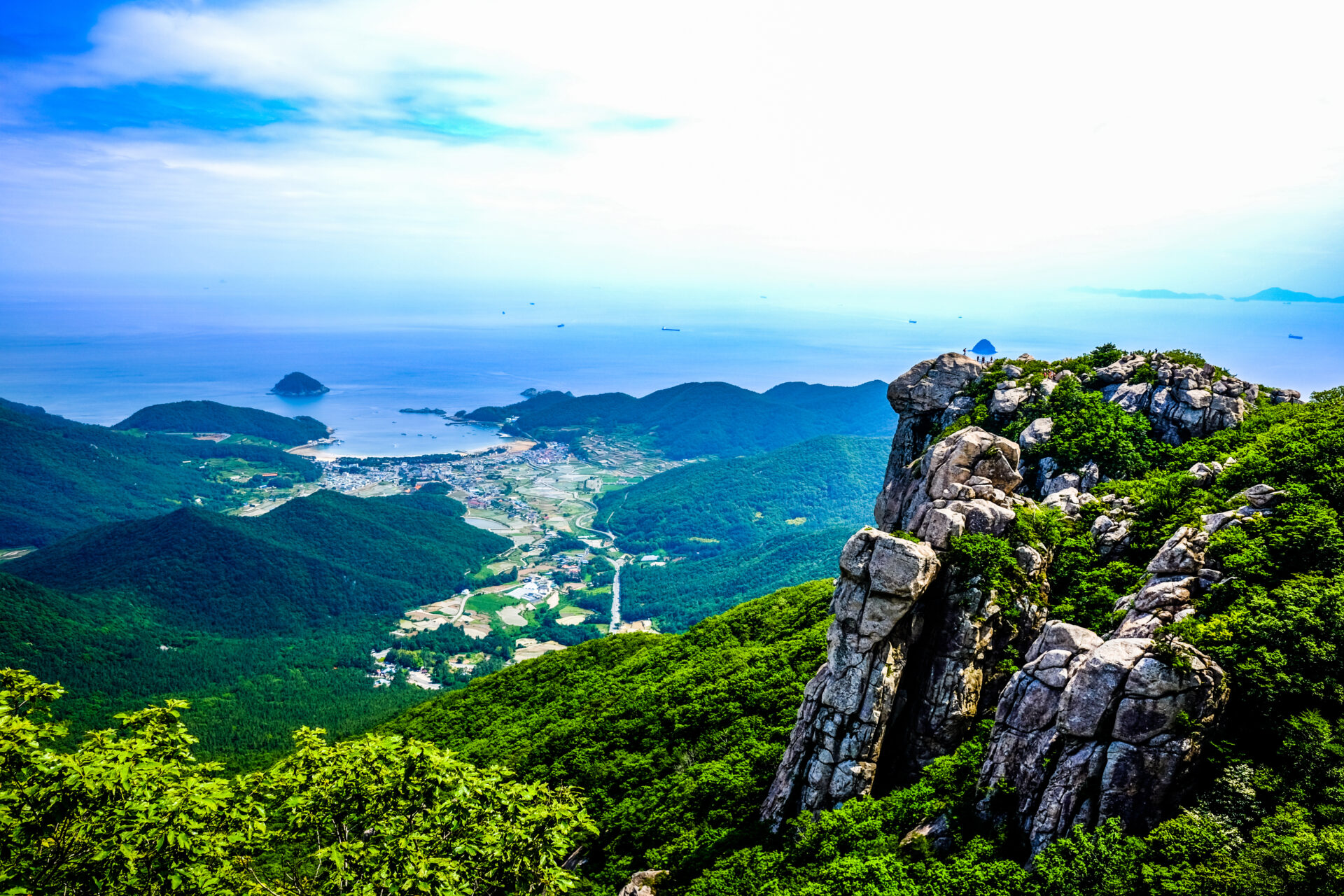
Climate
- South Korea’s climate consists of a cold, relatively dry winter and a hot, humid summer.
- Annual precipitation ranges from about 35 to 60 inches (900 to 1,500 mm) on the mainland.
- Cheju Island receives more than 70 inches (1,800 mm) annually and 3/5 of annual precipitation occurs between June-August.
- South Korea is impacted by typhoons (tropical cyclones) that occur in late summer, also known as ‘Jangma’ (Rainy Season).
- South Korean climate benefits from being close to the Asian landmass and is described as “temperate” with four distinct seasons (Spring, Summer, Fall, Winter)
- Weather patterns are most constant in the southern part of the island than in the north.
- The entire landmass of North and South Korea is approximately 85,000 square miles.
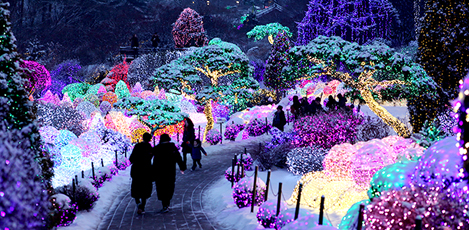
Endemic/Unique Species
Endemic species are plants and animals that exist only in one geographic region.(Green Matters)
Due to its relatively small size, South Korea and the Korean Peninsula itself, do not have many natural habitats or native animal species still in existence. The exception is The Demilitarized Zone (DMZ) which is essentially a large nature preserve that separates the two countries, geographically, and it is approximately 4,000 miles (6,437 kilometers) wide.
Wild animal life is similar to that of northern and northeastern China. Below is not a comprehensive list of endemic plant and animal species.
The following species are endemic to South Korea:
Fauna
- Korean Hare (Lepus coreana)
- Striped Field Mouse (Apodemus agrarius)
- Suweon tree frog (Hyla suweonensis)
- Jeju salamander (Hynobius quelpaertensis)

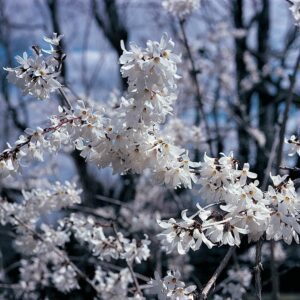
Flora
- White Forsythia (Abeliophyllum distichum)
- Erect Sword Fern (Ophioglossum vulgatum)
- (Echinosophora koreensis)
In a 2010 study, more than 100 climate-sensitive biological indicators were identified. Not all are listed here.
Indicator Species
An indicator species describes an organism that is very sensitive to environmental changes in its ecosystem. Indicator species are almost immediately affected by changes to the ecosystem and can give early warning that a habitat is suffering. (National Geographic)
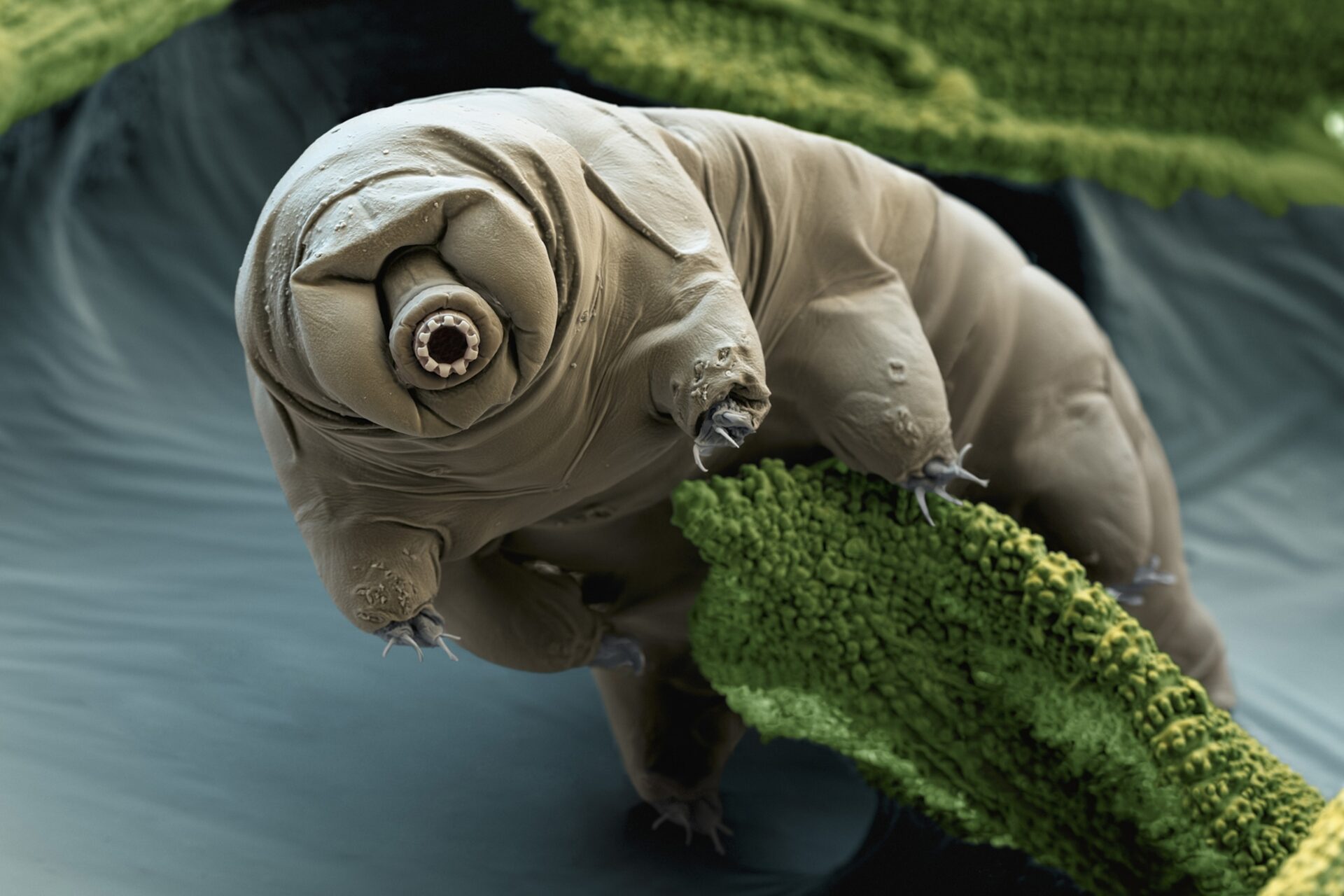
Fauna
- Arrow Worms (Sagittoidea)
- Sea Urchins (Echinoidea)
- Water Bears (Tardigrades)
Flora
- Monocots (Monocots)
- Dicots (Dicotyledoneae)
- Blue-Green Algae (Cyanobacteria)
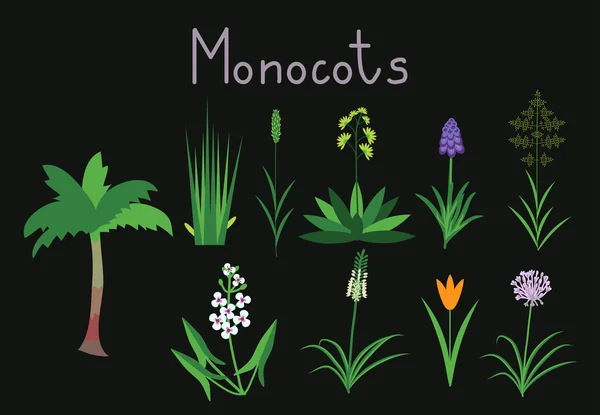
Critically Endangered Species
Critically-endangered and Endangered species are species threatened with global extinction. International Union for Conservation of Nature (IUCN)
Large predators such as tigers, lions and wolves, lynx and leopards have been made mostly extinct in South Korea due to human predation.
Fauna
- Siberian Musk Deer (Moschus moschiferus)
- Spoon-Billed Sandpiper (Calidris pygmaea)
- Creek Chub (Semotilus)

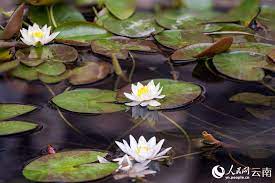
Flora
- Pigmy Waterlily (Nymphaea tetragona)
- Japanese Orchid (Ponerorchis graminifolia)
- Woodland Peony (Paeonia willmottiae)
This information was collected from a variety of sources, specifically chosen by Bound International staff, and may also reflect direct travel knowledge by Bound International staff. Do you have something to add or recommend? E-mail us at info@bound-intl.com.
